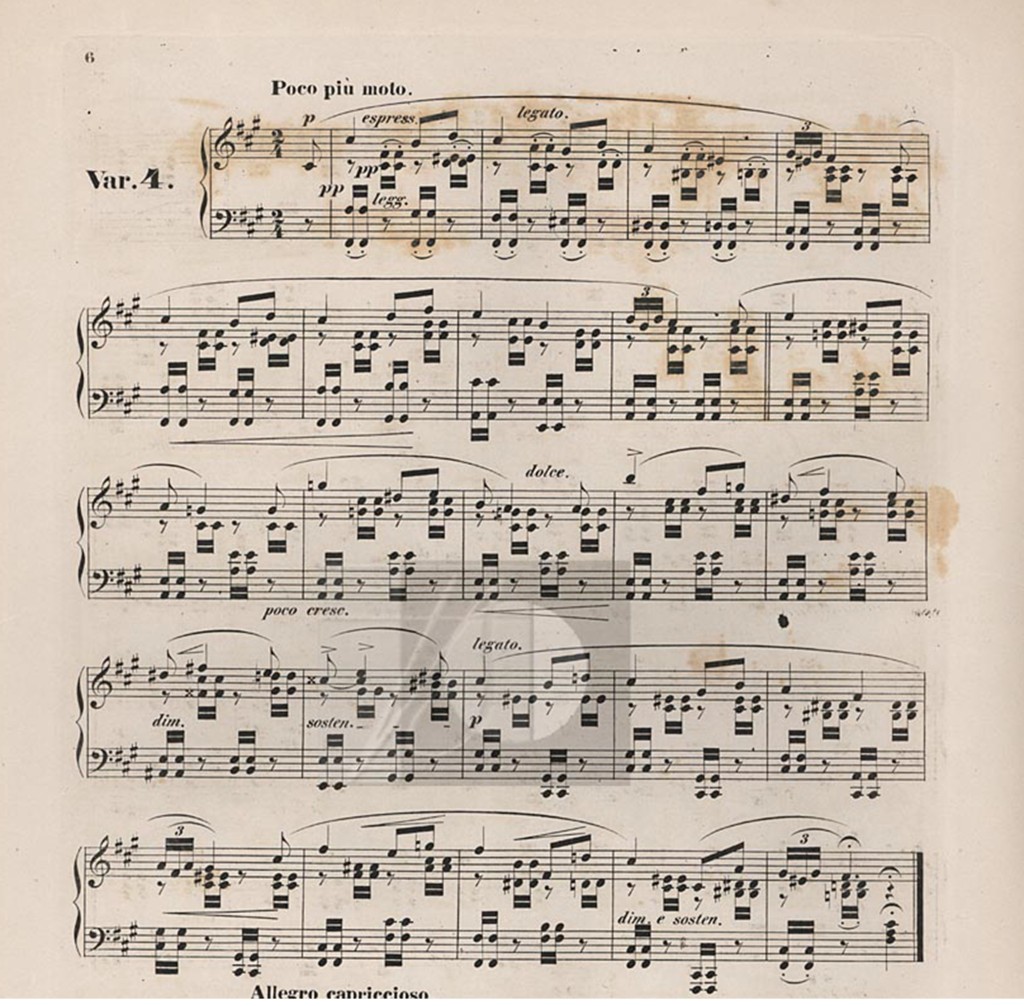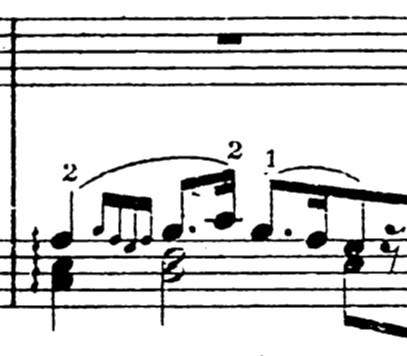
It is time to have my piano tuned. I’m waiting to hear back from the tuner.
Meanwhile, I’m putting away the sheet music which was piled on top of it and on the music desk. This is what was there:
- Schubert, Wanderer Fantasie
- Brahms Fantasien Op 116
- Gershwin preludes
- Shostavovich preludes op 34
- Brahms Schumann-Variationen Op 9
- Bach, assorted incl Italian Concerto, French overture and Goldberg Variations
- Mendelssohn, Songs without words
- Liszt, Twenty Piano Transcriptions
- Liszt Years of Pilgrimage 2nd year
Notes on each, respectively:
- Liszt edition from Con library with fingerings provided by him. I love the bit where the first movement dissolves into the song but the figuration afterwards in the slow movement is a slog so far beyond me. Any attempt by me at the last movement will never get me past bangy desperation. I find I can pleasurably hop and skip along in the Scherzo even if at quite an objectively sedate pace.
- Played 3 and 6 as a teenager and others later. Not sure why I got the music out. Possibly to check a detail in No 3 which subject to inaccuracies creeping in I find I can still play through “by heart.”
- Most recently fashioned a “Happy Birthday” variation emerging from Prelude No 3 (the e flat minor one) on the occasion of D’s birthday.
- Bought in1988 after hearing Lazar Berman play a selection or possibly the whole set. Learnt some then (1,2,10,14-17, 24) with P (now my Australia-ensemble-going companion). This year learnt No 5.
- The Brahms/Schumann variations have featured previously in this blog (1) (2). Last year I committed them to memory (though this is already fading in a way which Brahms Op 116 No 3 has not after many more years) and was glad to be able to play them through twice during exequies for R, husband of E, my former high school music teacher. The set still constitutes my primary pianistic obsession. The generally acknowledged favourite variation is No 14. Jx, D’s 20-year-old grand nephew, who has been staying with us since the beginning of March, asked what it was when I had been playing it and looked it up on his device. (Other piece so requested by him was Voi che sapete after a little Alberti doodling on my part segued into an approximation.) I also find No 4 (pictured above: the Allegro capriccioso at the bottom is for the next variation – see and hear here at 4:03) particularly poignant/wistful – both the tune and its accompaniment which manages to have a strumming feel whilst, for me, conjuring up the world of the cimbalon – which is contrary to reason in that the cimbalon, like the piano, is played with hammers, so any “strumming” must be entirely metaphorical.
- In lockdown I learnt quite a few of the variations. They are engrossing. Sustained playing of them becomes an immersion in G major, notwithstanding the G minor and E minor spells. I am far from the only person to have thought of tackling these during the recent great disruption – a bit like packing “War and Peace” when embarking on a long sea voyage. I have been following a youtube project by one “Dudadius,” a self-described “reasonably competent pianist.” Right now he is up to No 24, though the pace has been slackening. Inspired by his latest instalments I had the music out again with a view to tackling the remaining unlearnt variations as an antidote to or at least sorbet between the rather glutinous romantic works I have lately been playing and a shift of the dial from the Brahms/Schumann F# minor.
- Loved these as a child/teenager but other than the ones imprinted on me by learning them at an impressionable age now find them emotionally unrewarding. Not for the reasons claimed by Wagner, but (I suspect) because Mendelssohn’s aesthetic was formed in Berlin and did not really receive the influence of Beethoven. (Schumann, on the other hand…).
- Great Art Nouveau NY edition. I like to think of this as the Central European [transplanted] Songbook. Includes 5 Schubert songs and a number of other total obscurities. Most recently assayed: Schumann Fruhlingsnacht and Wagner Spinnerlied (from Flying Dutchman). Rigoletto paraphrase quite beyond me but fun to pick through the easier bits.
- This is the easiest volume of the Years of Pilgrimage, the perelinage is to Italy. I have never got into Il Penseroso and will never be able to play After a Lecture on Dante though it is fun occasionally to tackle certain passages. I have been playing the Petrarch sonnets possibly too much lately. The last section of Sonnet 104 (No 6) can be turned into a variation on Happy Birthday. D’s favourite from this volume is No 3, the Canzonetta of Salvator Rosa. We have long sung it when on jaunty expeditions. If D is within earshot I only have to play the little A major flourish in the introduction pictured below (assume bass clef and A major key signature) to provoke him into launching into the verse. One day we have to get him the words.

Leave a comment